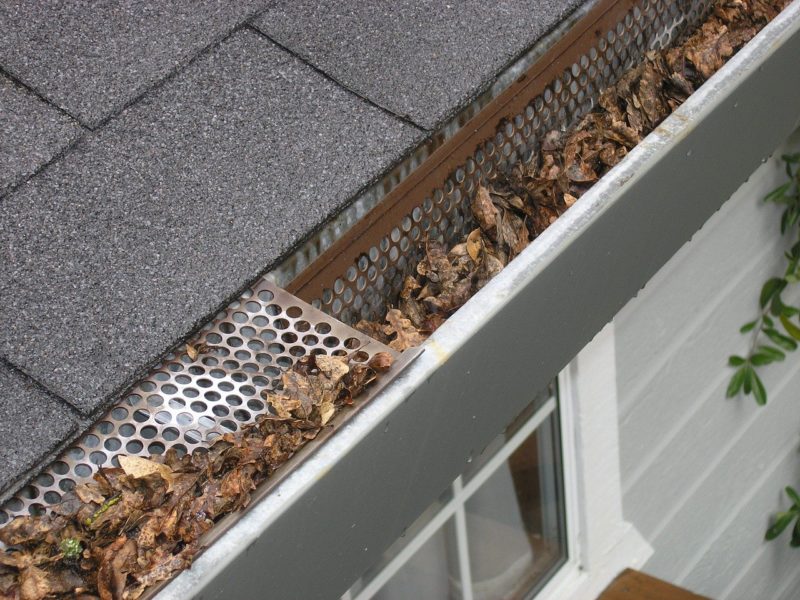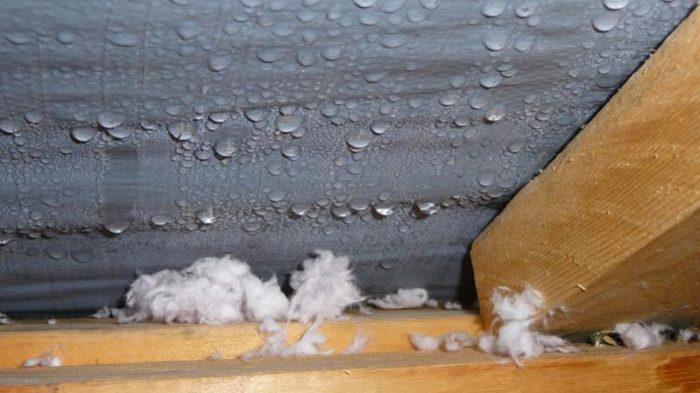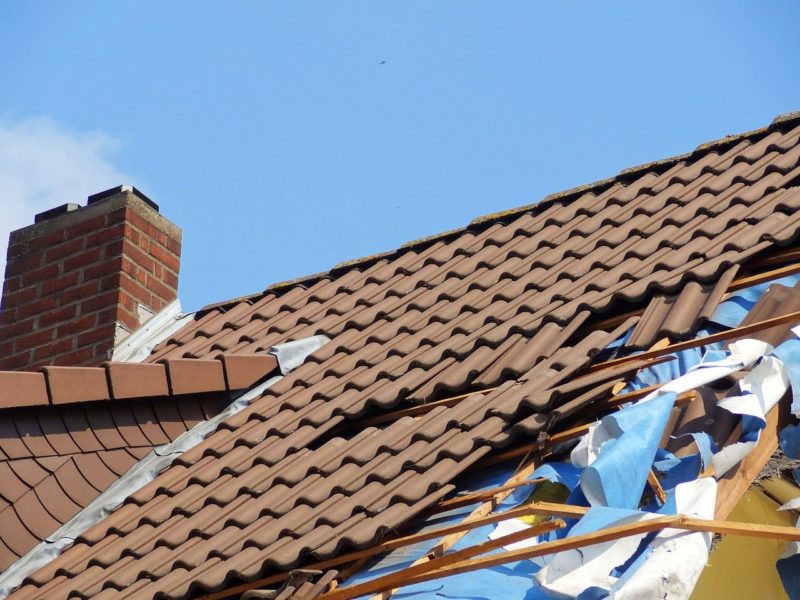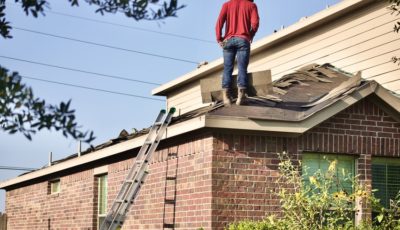7 Tips for Preparing Your Roof for Bad Weather
Your home’s roof is your main defense against the elements. So, it makes sense to ensure it can stand up to the challenges that summer storms or freezing weather can bring.
Roof repair and replacements costs range from $5,000 to over $10,000 depending on the extent of the damage. What’s more, your insurance company can refuse to reimburse you for these repairs if your roof is old or in disrepair.
Preparing your roof for seasonal weather extremes is one way to ensure you don’t end up with expensive repairs and no way to pay for them any time soon.
1. Preparing Your Roof for Winter
Roof maintenance should be a the top of your list of renovations for winter. Once all the gorgeous fall leaves have dropped from the trees, it’s time to get up on your roof – or get a professional to do it for you. Leaves, pine needles, and other debris will hold moisture during the winter months, causing your roof to rot and weaken.
A broom or leaf blower will do the trick. Pay extra attention to the gutters and valleys of your roof – these are the main areas where leaves gather. If you have moss growing on your roof, hire a professional roof cleaning company to get rid of it.
2. Inspect Your Roof for Damages
Once your roof is clean, grab a pair of binoculars and inspect your roof from the ground. Take note of any missing or damaged shingles and get them replaced before the storm season arrives. While you’re at it, check for damaged flashing around skylights, chimneys, and vent stacks and replace that too.
Weakened shingles and flashing can blow away in heavy weather, leading to water damage in your home. What’s more, once you’ve got a gap anywhere in your roof, it weakens your roof structure, increasing your chances of losing the whole thing in a storm.
3. Keep Your Gutters Clean
Clearing leaves and debris from your gutters should be an ongoing home maintenance task, but it pays to double your efforts as winter approaches. Leave and debris in your gutter system will eventually make their way to the downspouts, causing them to become clogged. Once this happens, rainwater will pour out of the gutters, damaging your roof, siding, and trim on it’s way past.
Gutter screens or guards will help to prevent your downpipes from clogging, but it pays to keep your gutters free and clear all year-round. The excess weight of wet leaves in your gutter can cause then to tear loose from the anchor point and collapse.
4. Check Your Attic
Get an expert energy appraiser to analyze the ventilation and insulation in your attic. When the airflow in your attic’s restricted, it heats up on hot days. As soon as the outside air cools, this warm air condenses on the underside of your roof shingles, causing mold, rot, and leaks.
Make sure the vents at your soffits, gables, and ridges of your roof, this accumulated heat contributes to ice dams and increasing the chances of your house leaking after a heavy snowfall.
5. Securing Roof-Mounted Items
Do you have a satellite dish, an air-conditioning unit, or solar panels on your roof? These things can easily detach in severe weather and blow away, leaving gaping holes in your roof. Conduct regular checks to ensure these accessories are firmly attached and remove them if there’s a severe weather warning in your area.
Not only will this protect them from damage due to hail or wind, but it can also save you from unnecessary roof repairs.
6. Last Minute Storm Preparations
There are a few extra things you can do to prepare your roof for bad weather right before the event too. Securing your windows and doors will prevent debris from smashing into them and breaking them. If this happens, the pressure inside your home increases suddenly, which may cause your roof to lift off.
Cut any large trees back so that their branches don’t hang over your roof. In high winds, branches can damage and loosen your shingles and roof structure. In the worst cases, heavy branches can break off and fall onto your roof, causing serious damage.
Be wary of tree branches creeping up towards your roof’s edge. This area is what keeps your roof attached to your house. If it’s damaged by branches, you could lose more than just a few shingles during a storm.
7. Ongoing Roof Maintenance
According to TEMA roofing, ongoing maintenance is one of the three core criteria for a roofing project. Don’t assume your roof will stand up to bad weather. Get an experienced roofing contractor to check for maintenance issues before the storm season starts. They’ll also be able to assist you with an ongoing maintenance program to ensure your roof can stand up to whatever the weather throws your way.
Most damage resulting from storms isn’t caused by bad weather. Much of it’s related to age and neglect instead. Clogged drains, worn and cracked flashing can’t stand up to the extra assault from above. A well-maintained roof can tolerate a lot more abuse than one that you’ve ignored since you installed it.
Arrange for a professional roof inspection after a serious storm or heavy snowfall. This service may reveal evidence of roof damage, or weak areas that may not stand up to the next onslaught. Your roofing system is an important asset and it’s expensive to replace. If you take the time to inspect and care for your roof, it will repay you with many years of service.
A Safe Home is a Happy Home
Home is where the heart is, it’s also a safe haven and a respite from daily stresses. Protecting and preparing your roof so that it can do its job is just one way to ensure it stays like that. Keep reading for more tips to keep your home life harmonious and hassle-free.


















